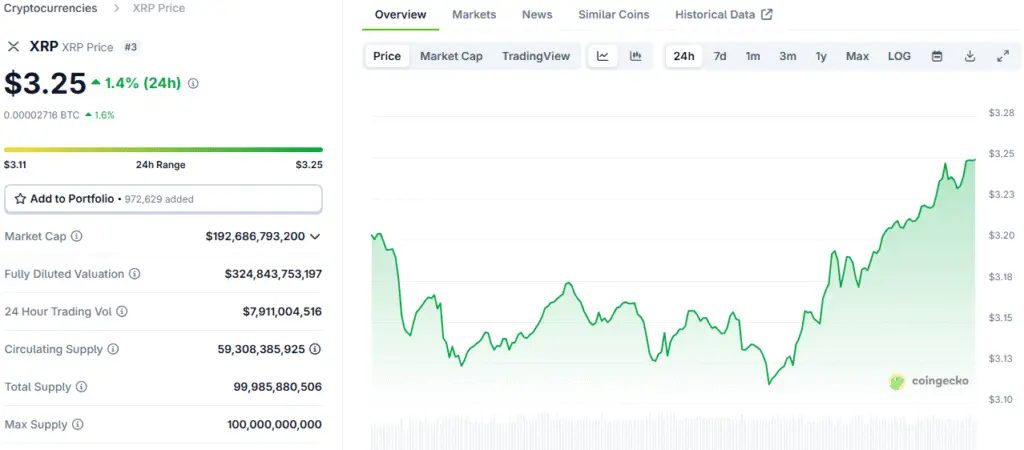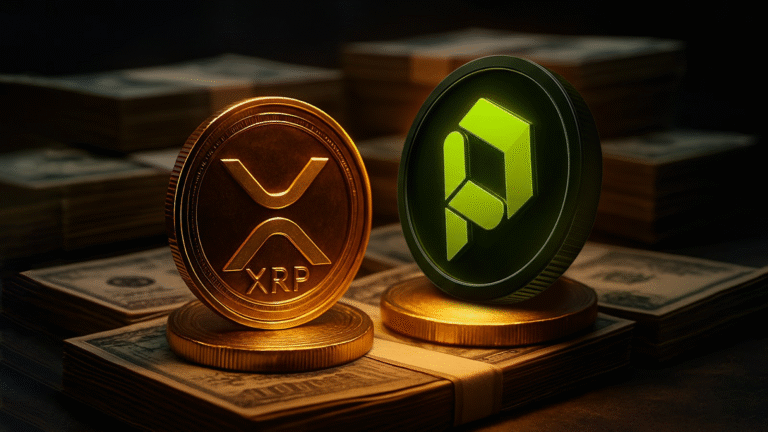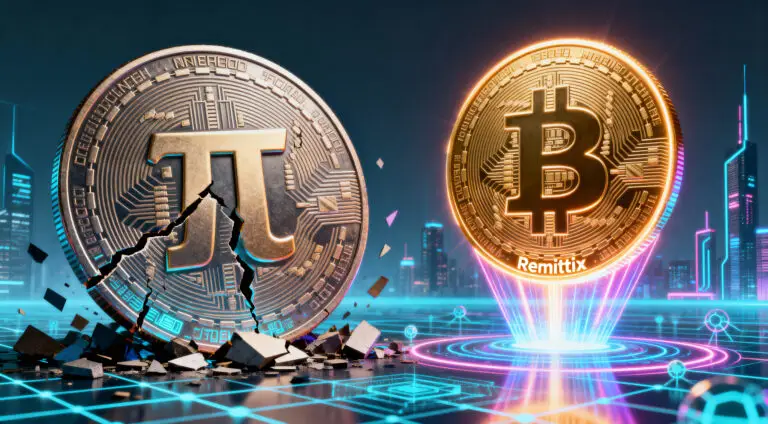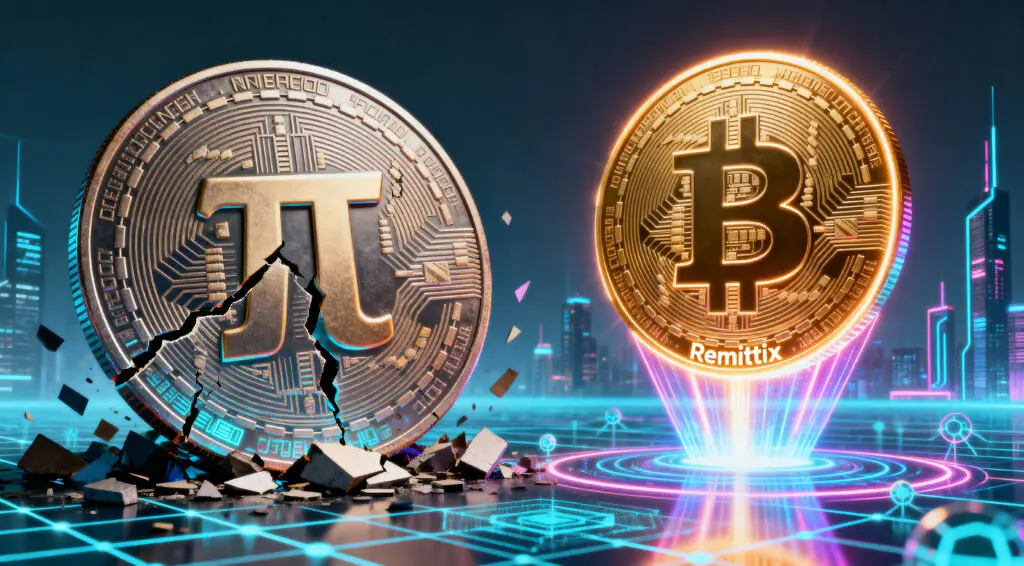A Central Bank’s Recognition of Digital Assets
A recent working paper from the Central Bank of Malaysia (CBM) has ignited a significant debate within the crypto community by officially identifying XRP and Bitcoin as potential alternatives to traditional monetary systems. The paper, which delves into the fundamental principles of modern money and its relationship to central bank digital currencies (CBDCs), suggests that these digital assets could one day replace traditional currency in circulation or bank deposits.
This is a powerful acknowledgement from a major financial institution, and it signals a growing recognition that cryptocurrencies are no longer just a niche investment class but could have a fundamental role to play in the future of global finance. The paper explicitly states that “private tokens such as Bitcoin or XRP may be widely used as a means of payment outside the banking system in the future,” a statement that has resonated deeply with supporters of both cryptocurrencies and has provided a new point of validation for the utility of these assets.

Debating the Role of XRP and Bitcoin
The working paper’s inclusion of XRP alongside Bitcoin has reignited a long-standing debate about the former’s utility and potential. Historically, Bitcoin has been recognised as the primary cryptocurrency, but the CBM paper’s decision to give XRP equal footing has provided new fuel for its supporters. On social media platforms like X, supporters of XRP have lauded this as a significant step, with one user noting the importance of XRP’s recognition by central banks and another proclaiming it to be “the future of finance.”
This kind of institutional acknowledgement, however cautiously worded, is seen by many as a critical step towards mainstream adoption and a validation of XRP’s intended use case as a bridge currency for cross-border payments. The debate highlights the deep-seated beliefs within the crypto community about which digital assets are best positioned to disrupt the traditional financial system.
Arguments Against a Monetary Alternative
Despite the positive attention, the CBM working paper is not an unqualified endorsement of either XRP or Bitcoin as a replacement for the current payment system. In fact, the paper ultimately downplays the prospects of these “private tokens,” citing several key limitations. The main arguments against their widespread adoption revolve around their lack of a “stable nominal anchor” and a “tendency towards fragmentation.” The paper also argues that, in the absence of centralised institutions, decentralised crypto platforms would require “large liquid balances to effect payments across different cryptocurrencies.”
This is because, unlike a traditional bank with a central balance sheet, decentralisation “does not allow any party’s balance sheet to expand and contract” to meet payment needs. These points underscore the challenges of integrating decentralised assets into a financial system built on centuries of centralised and hierarchical structures. The CBM’s analysis, while acknowledging the potential of these assets, ultimately reflects a cautious institutional perspective on their readiness for a broader, systemic role.
The Social Media Debate Heats Up
The CBM paper’s conclusions have not gone without pushback. The social media debate was fierce, with supporters and opponents of cryptocurrencies clashing over the paper’s findings. One user, for example, referenced a paper by Alexander Bechtel and others that dismisses the credentials of Bitcoin and Ethereum as payment instruments, sparking a heated response from their respective supporters. This illustrates the deep passion and polarisation that exists within the crypto community, where every piece of institutional news is scrutinised and interpreted through a specific lens.
The debate also raised questions about the paper’s origins and influences. One user speculated that the conclusions were not based on independent research but were instead influenced by institutions like the World Bank and the International Monetary Fund. This user, drawing on their own experience working with the Malaysian government, suggested the paper might be a reflection of “incompetence, corruption, or a mix of all of these,” rather than a deep, independent assessment of the technology’s strengths.
A Deeper Look at the Paper’s Influences
The speculation about the paper’s influences adds a layer of complexity to the debate. If the working paper’s conclusions are indeed influenced by the World Bank or the IMF, it would reflect a broader, institutional perspective on cryptocurrencies rather than an independent assessment by the Central Bank of Malaysia. This suggests a more cautious and conservative view, which would explain the paper’s emphasis on the limitations of decentralised assets.
The user’s argument that the paper is “less likely to be the result of an in-depth assessment of L2 scalability for BTC” and its inherent strengths points to a potential gap in the CBM’s research. It implies that a more comprehensive analysis of current technological developments might have led to a different conclusion. This conversation highlights the crucial role that a thorough and unbiased understanding of technology plays in shaping institutional policy and public perception.
XRP’s Utility Beyond the Paper’s Scope
While the CBM paper’s conclusion was ultimately dim on the prospects of “private tokens,” it is important to remember that XRP’s utility extends beyond its potential as a direct monetary replacement. XRP was designed to facilitate fast, low-cost cross-border payments, acting as a bridge currency to connect disparate financial systems. This specific use case is at the heart of its value proposition and is why it has garnered so much attention from financial institutions.
The paper’s focus on its shortcomings as a complete monetary system may have overlooked the very purpose for which the asset was created. Supporters would argue that its true power lies not in replacing traditional currencies but in complementing them by making cross-border payments more efficient and accessible. The debate sparked by the paper, therefore, serves as a valuable reminder of the nuances of digital asset technology and its various applications.
Malaysian Central Bank Considers XRP and Bitcoin as Alternatives
The working paper from the Central Bank of Malaysia, despite its cautious tone, is a sign of a new era of engagement between traditional financial institutions and the world of cryptocurrencies. The fact that a central bank is even considering XRP and Bitcoin as potential alternatives, however qualified that consideration may be, is a significant development.
The social media debate and the questions it has raised about the paper’s methodology and influences are all part of a larger conversation about the future of finance. As more central banks and governments explore the development of their own digital currencies, they will inevitably have to grapple with the role of decentralised assets. The Malaysian paper, therefore, is not the final word on the matter but rather an early chapter in an ongoing story about how digital assets will eventually find their place in the global financial system.
Read More: XRP Price Prediction Surges Following SEC Regulation D Waiver














